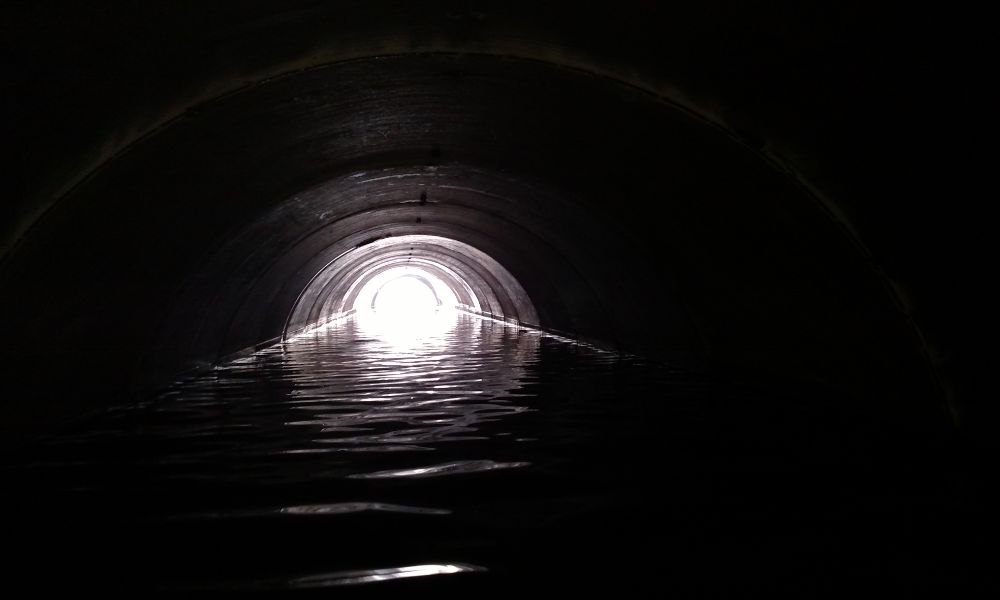When unexpected weather conditions directly impact developed and urban areas, flooding can result in thousands of dollars in damages. Stormwater management aims to protect the environment, reduce flooding to protect people and properties, and support healthy streams and rivers. Here are tips for managing city stormwater and understanding how it works.
What Is Stormwater Management?
Without proper mitigation measures in place, stormwater will be absorbed into the soil; run into nearby streams, rivers, or other bodies of water; or be held on surfaces until it evaporates. Stormwater management reduces the runoff of rainwater or snowmelt into public areas, including streets or lawns. Additionally, it aims to improve overall water quality.
How Culverts Help Waterflow
Creating systems that help direct and distribute stormwater is necessary to prevent floods and keep communities safe. Alongside pipes and ditches, culverts are vital parts of every comprehensive flood protection plan while being nondisruptive to roadway and railway traffic.
Culverts are stable structures that help channel water through or around obstacles, often made from pipe, reinforced concrete, or other sturdy materials. They’re built into roads, railways, and bridges that provide an opening underneath to allow water to flow through. This helps to effectively transport floodwater away from developed infrastructure such as business communities and neighborhoods to protect vehicles, lawns, and homes.
Tips for City Stormwater Management
In developed or urban areas, practicing helpful methods for managing city stormwater can prevent eroded soil, bacteria growth, and other harmful pathogens from entering streams, rivers, wetlands, and rivers. Instead of allowing precipitation to cause flooding or infrastructure damage, cities should educate themselves on snowmelt or rainwater flow locations. This information will help them reduce runoff and ensure water contains no pollutants.
There are many methods for detaining stormwater and removing pollutants in stormwater management. Due to their porous makeup, pervious surfaces such as soil allow rainfall and snowmelt to absorb. Moreover, stormwater infrastructure, including gutters, culverts, conventional piped drainage, and storm sewers, helps alongside potable water or utility infrastructure. The infrastructure helps protect, restore, or mimic natural water cycles to improve stormwater management.
InfraSteel provides clients with dependable culvert rehabilitation services. Our bridge and culvert rehabilitation systems help minimize traffic interruptions while meeting structural load-bearing requirements. We dedicate ourselves to servicing our nation’s structural pipe market, providing customers with dependable structural steel solutions. Contact us today for more information about our culvert rehabilitation services.



Leave A Reply